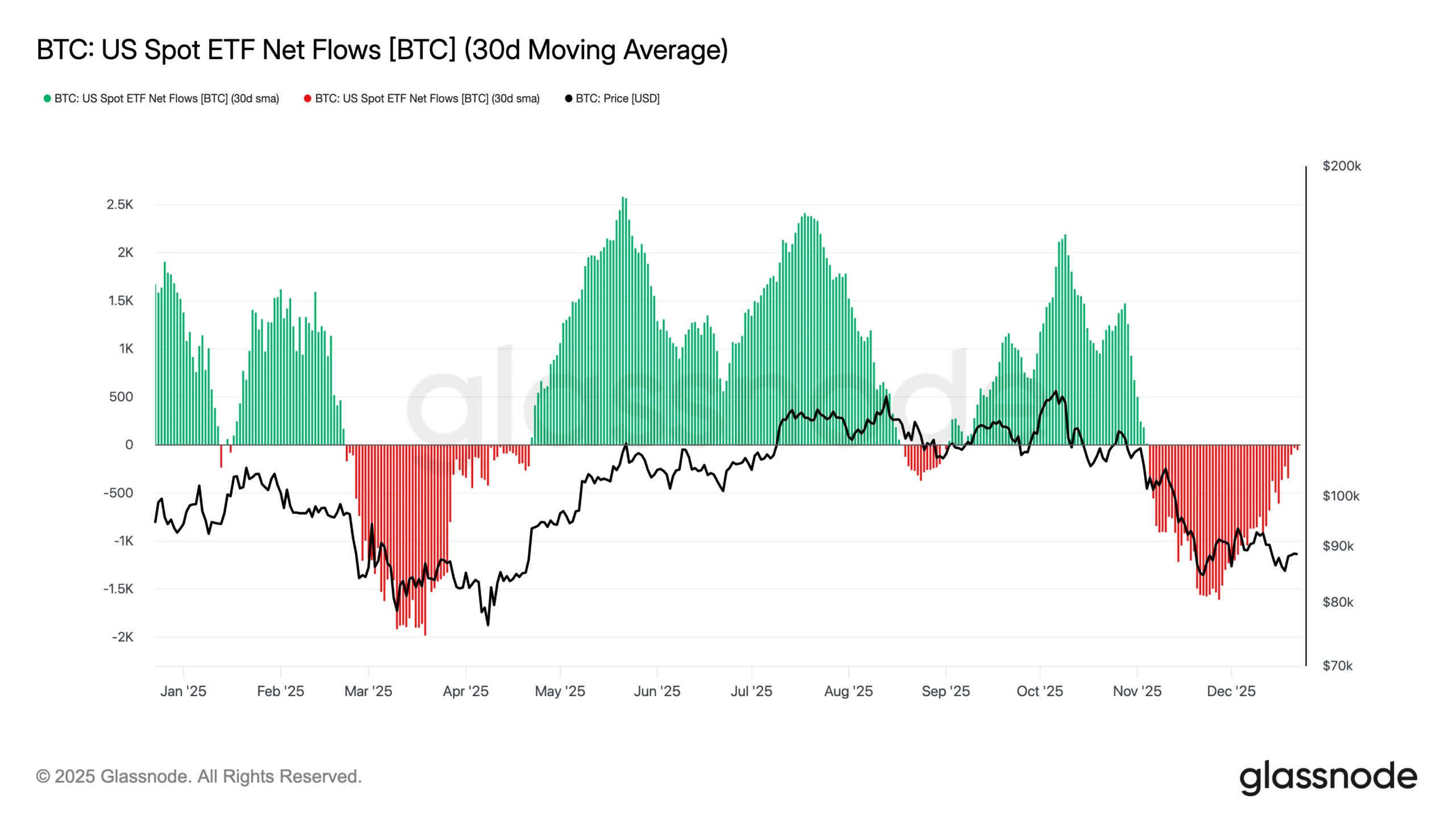Whale Deposit Triggers GIGGLE Token Price Surge
- Anonymous whale deposited GIGGLE tokens, exploiting exchange listing.
- Price spikes highlight potential profits in low-cap tokens.
- Influences market volatility and attracts attention to trading patterns.
A whale deposited 7,081 GIGGLE tokens worth $1.61 million into Binance, potentially gaining $700,000. Selling post-deposit during peak could have amplified profits nearly tenfold, highlighting whale strategies exploiting exchange listings for profit.
Nut Graph: The whale’s deposit underscores how major trades can impact market valuations and token volatility.
Whale Movements and Market Impact
An anonymous whale deposited 7,081 GIGGLE tokens into Binance just before the token’s spot market debut. This transaction, identified by Arkham blockchain analytics, aimed to capitalize on impending price increases. By strategically timing the deposit, the whale tapped into the listing-driven volatility to potentially earn significant profits.
As a result, the GIGGLE token experienced substantial price surges, jumping significantly following the whale’s action. This episode demonstrates the impact of large transactions on meme and low-cap tokens, especially given the heightened public interest in token listings on crypto exchanges.
“GIGGLE’s full-blown debut combines social benefit with BNB Chain and high leverage for new opportunities.” – Binance Official Account.
The scenario produced notable financial outcomes, with unrealized profits for early depositors during price peaks. It illustrates the power of whale movements to exploit exchange liquidity opportunities creatively. Analysts noted trends where whales leverage exchange access for arbitrage and speculative gains.
No current regulatory or institutional reactions address this whale movement. The community, active across platforms like Twitter and Discord, exhibited varied responses, ranging from enthusiasm over trading prospects to concerns about market manipulation risks. Policymakers, however, have yet to issue directives or comments.
Disclaimer: The content of this article solely reflects the author's opinion and does not represent the platform in any capacity. This article is not intended to serve as a reference for making investment decisions.
You may also like
Bitcoin and Ethereum ETFs see persistent outflows as institutional appetite weakens

Zoox issues software recall over lane crossings
The Biggest Bitcoin and Crypto Treasury Plays of 2025
Why Can’t Bitcoin Experience Massive Rallies Anymore? Anthony Pompliano Says the “Wild Era” Is Over and Explains Why